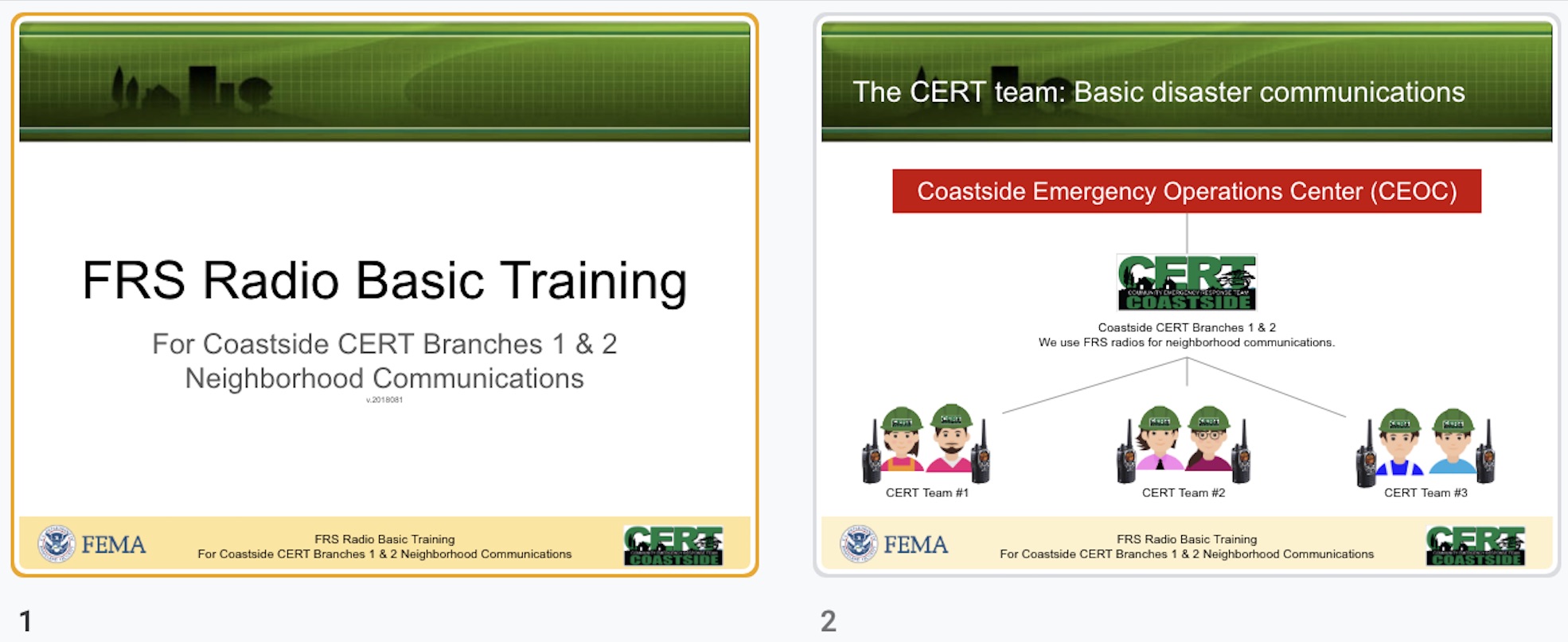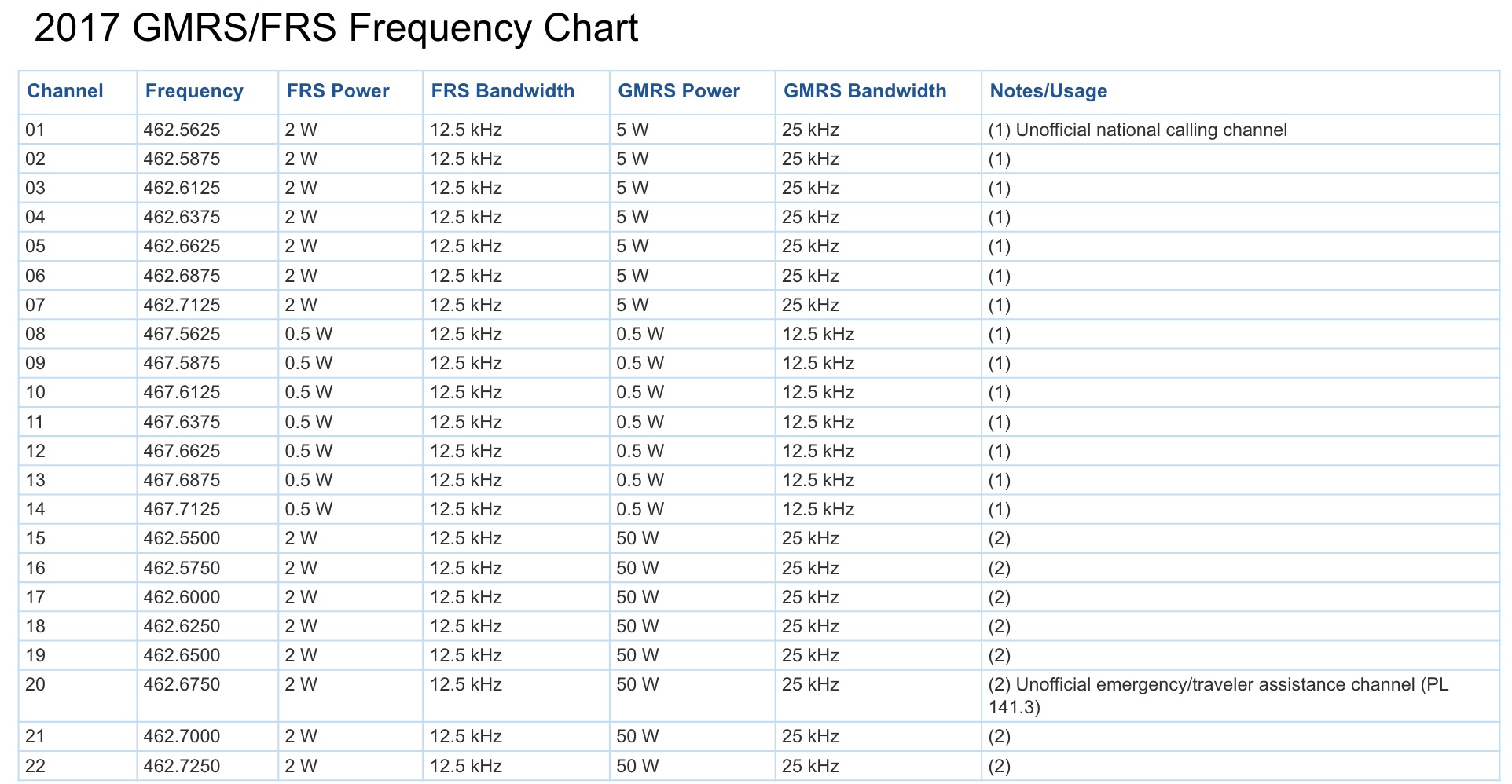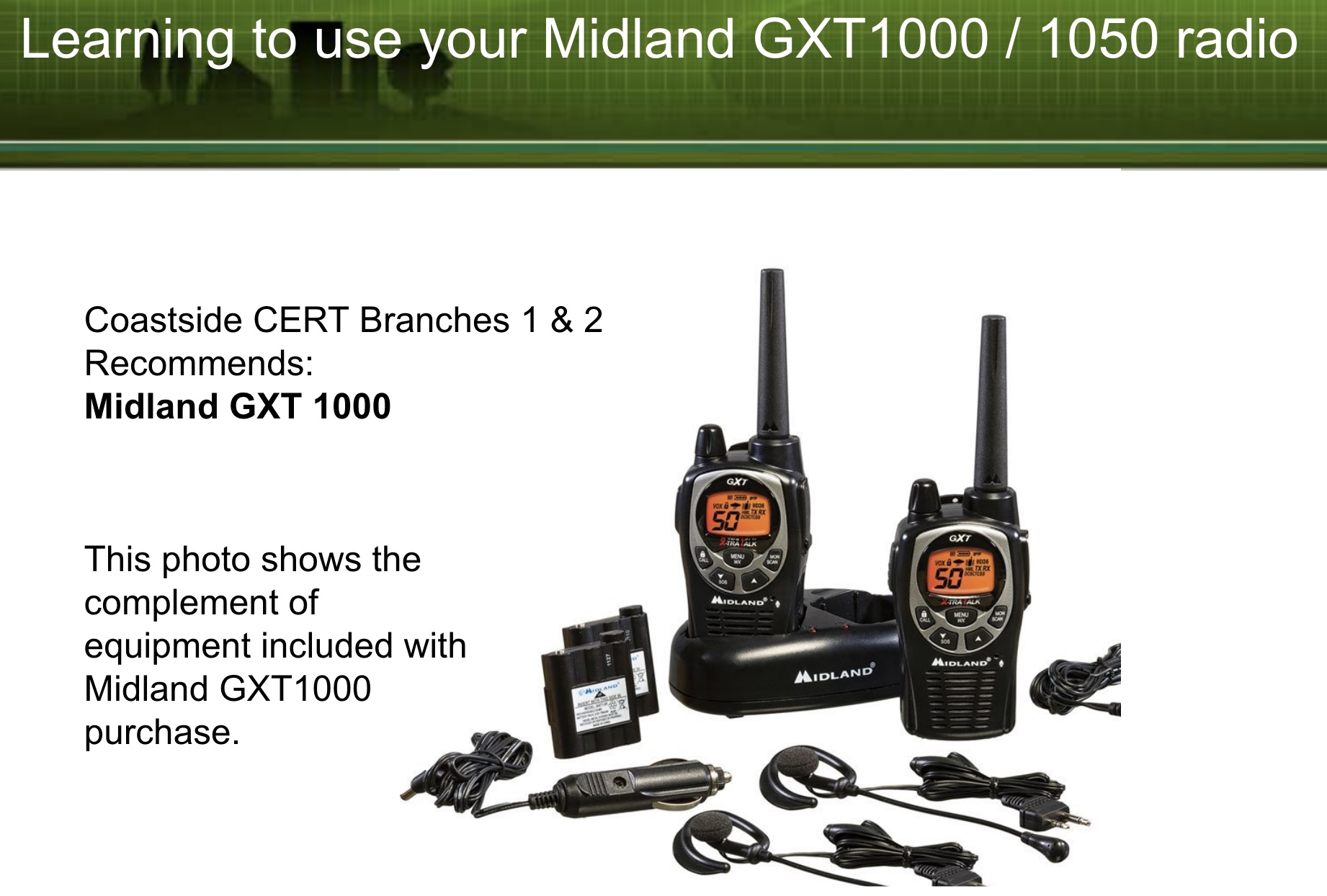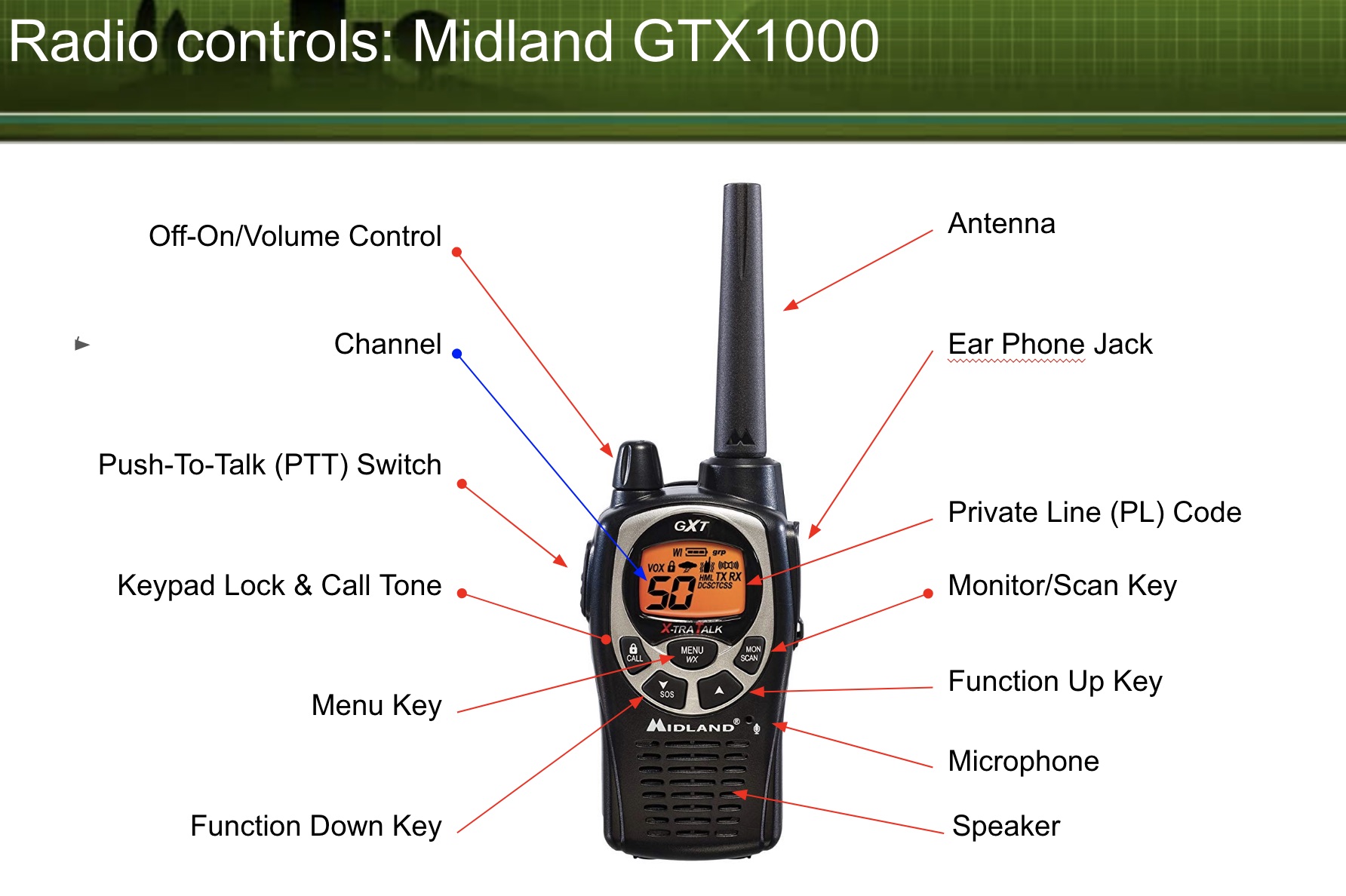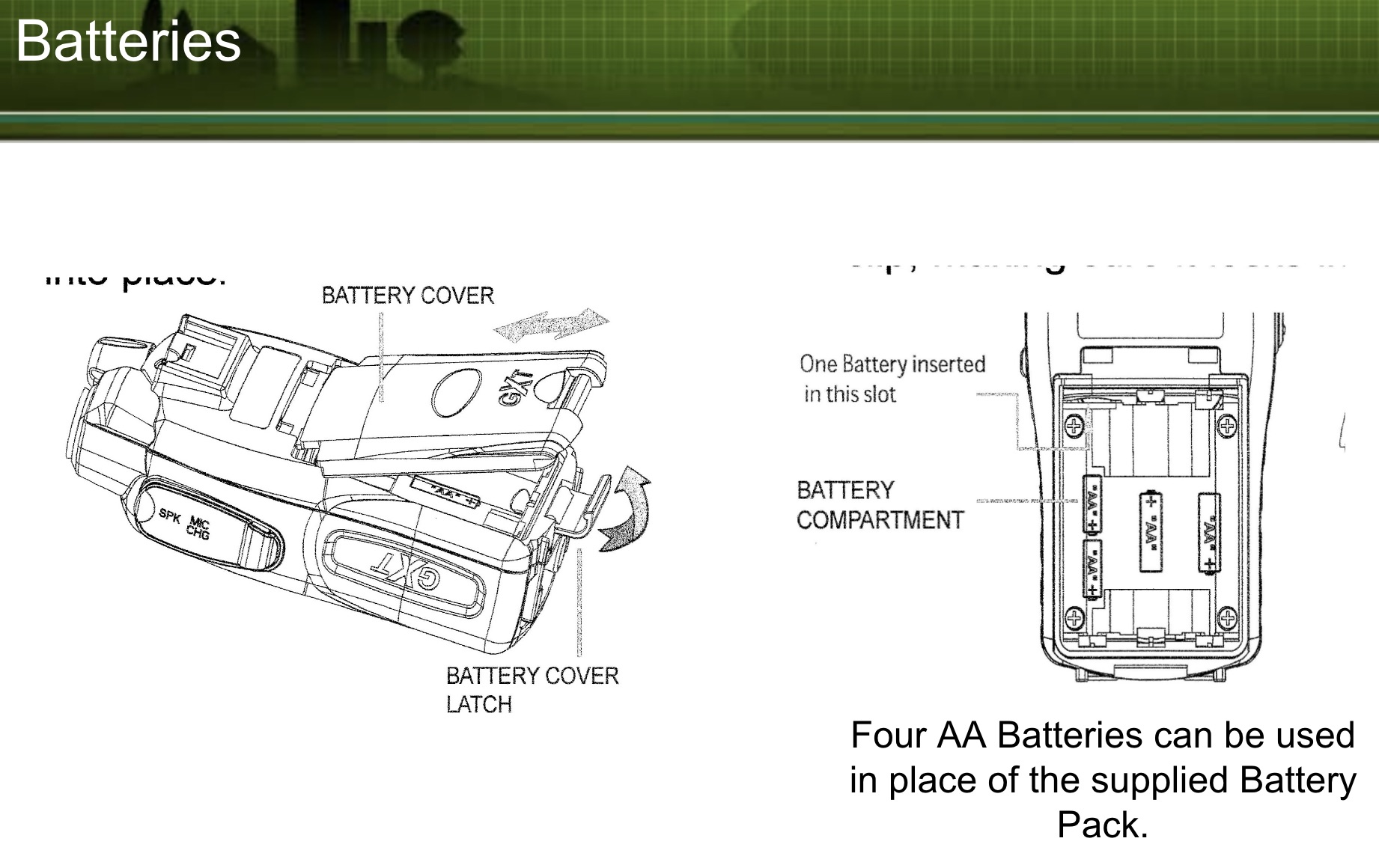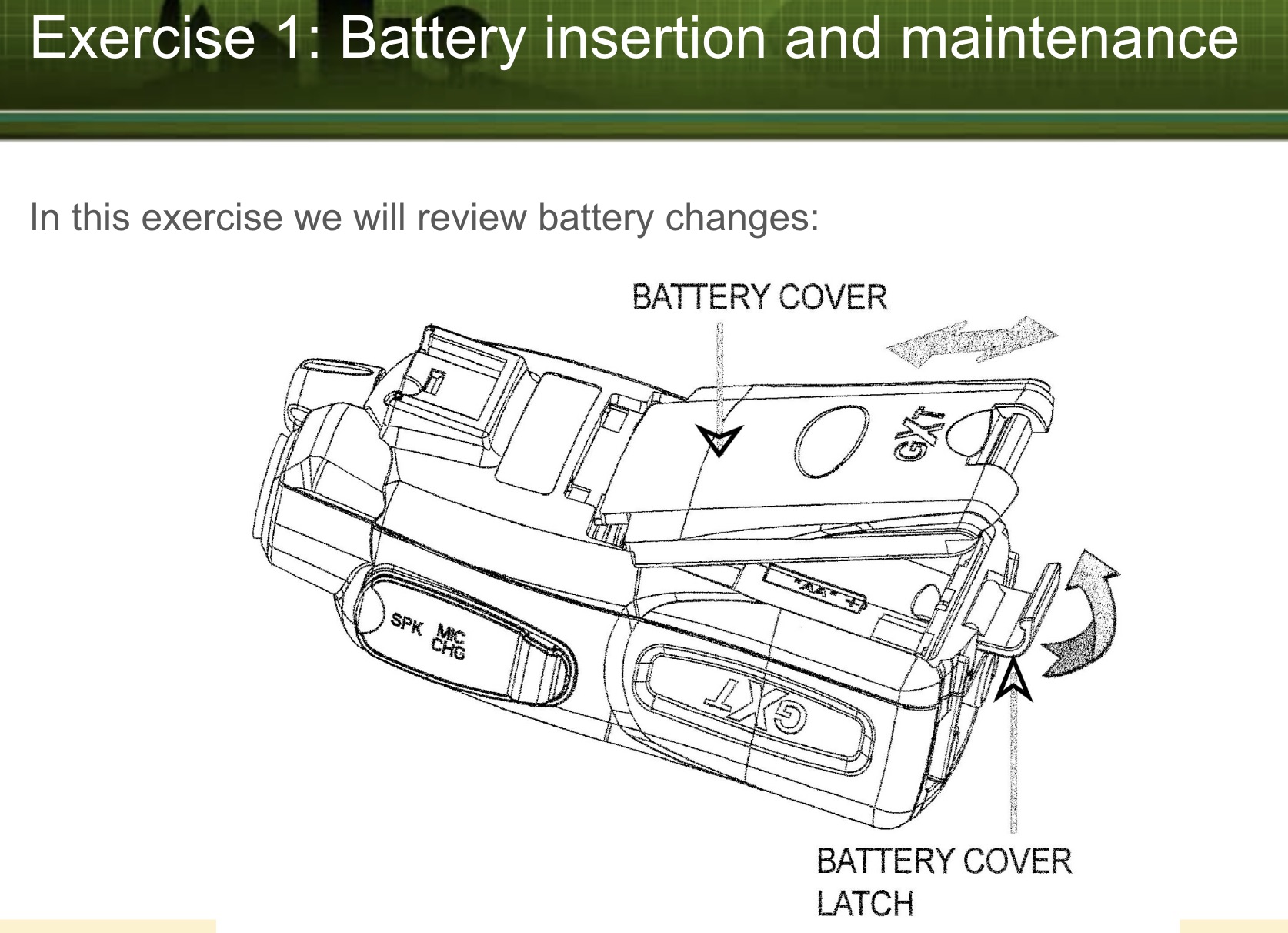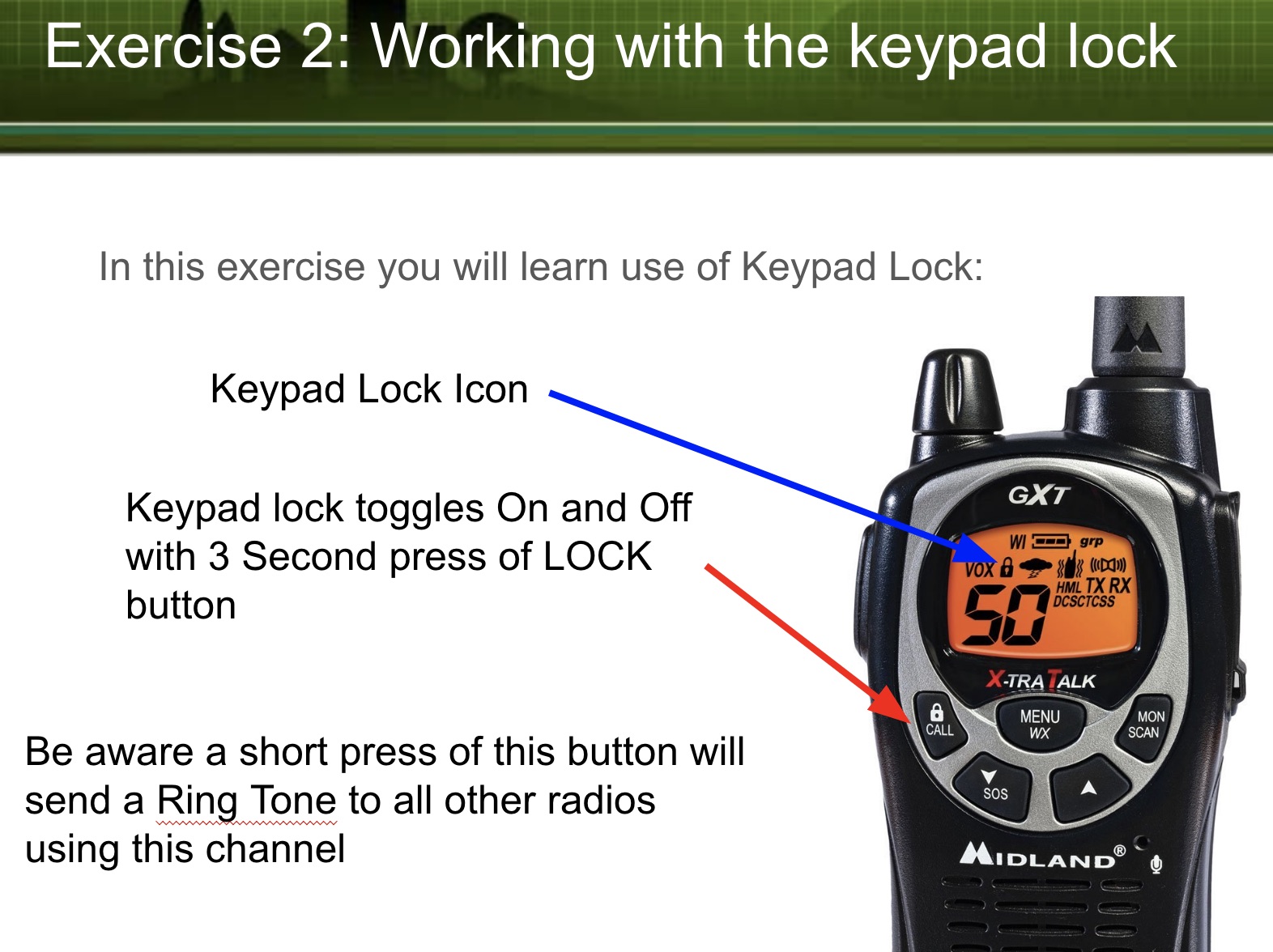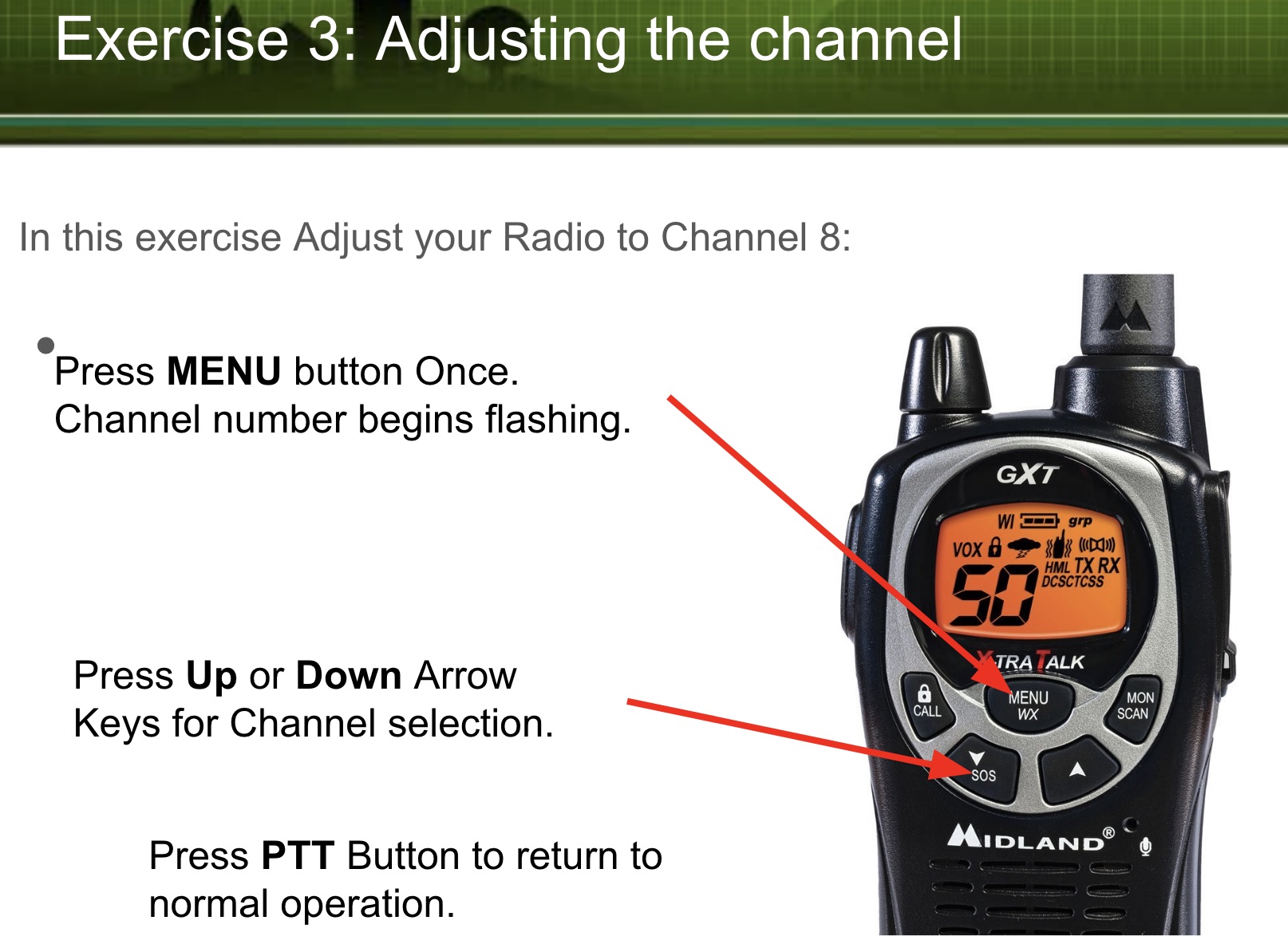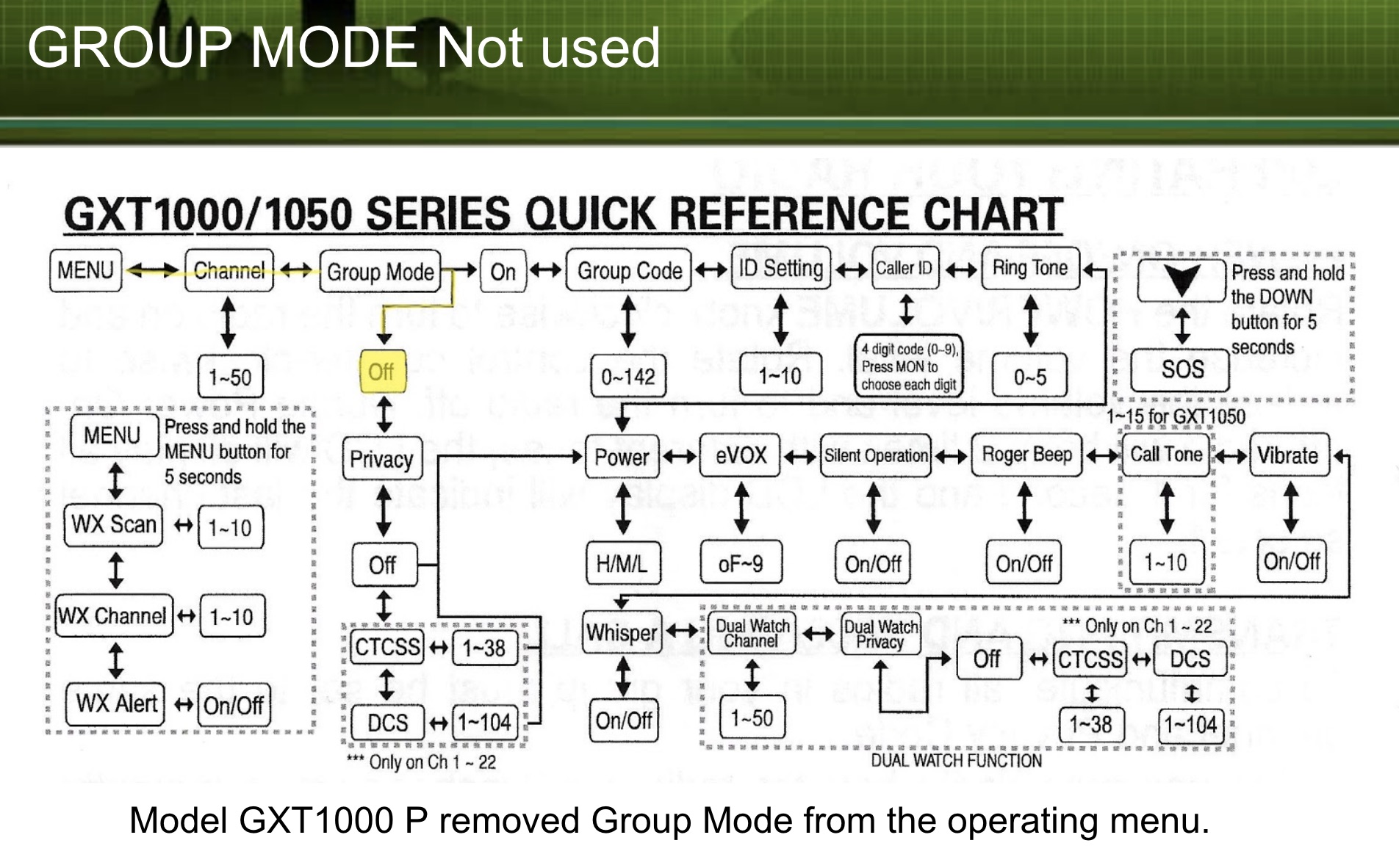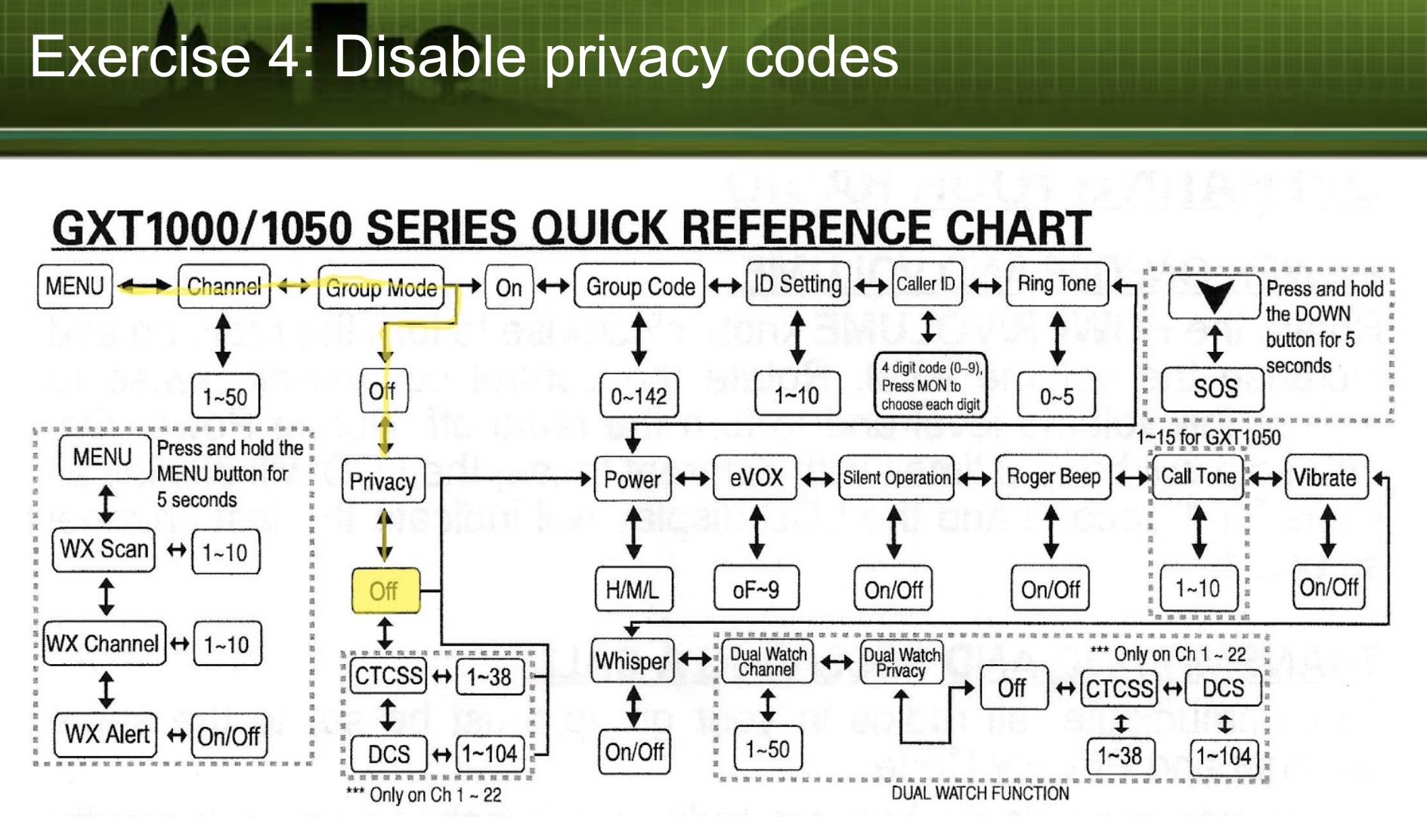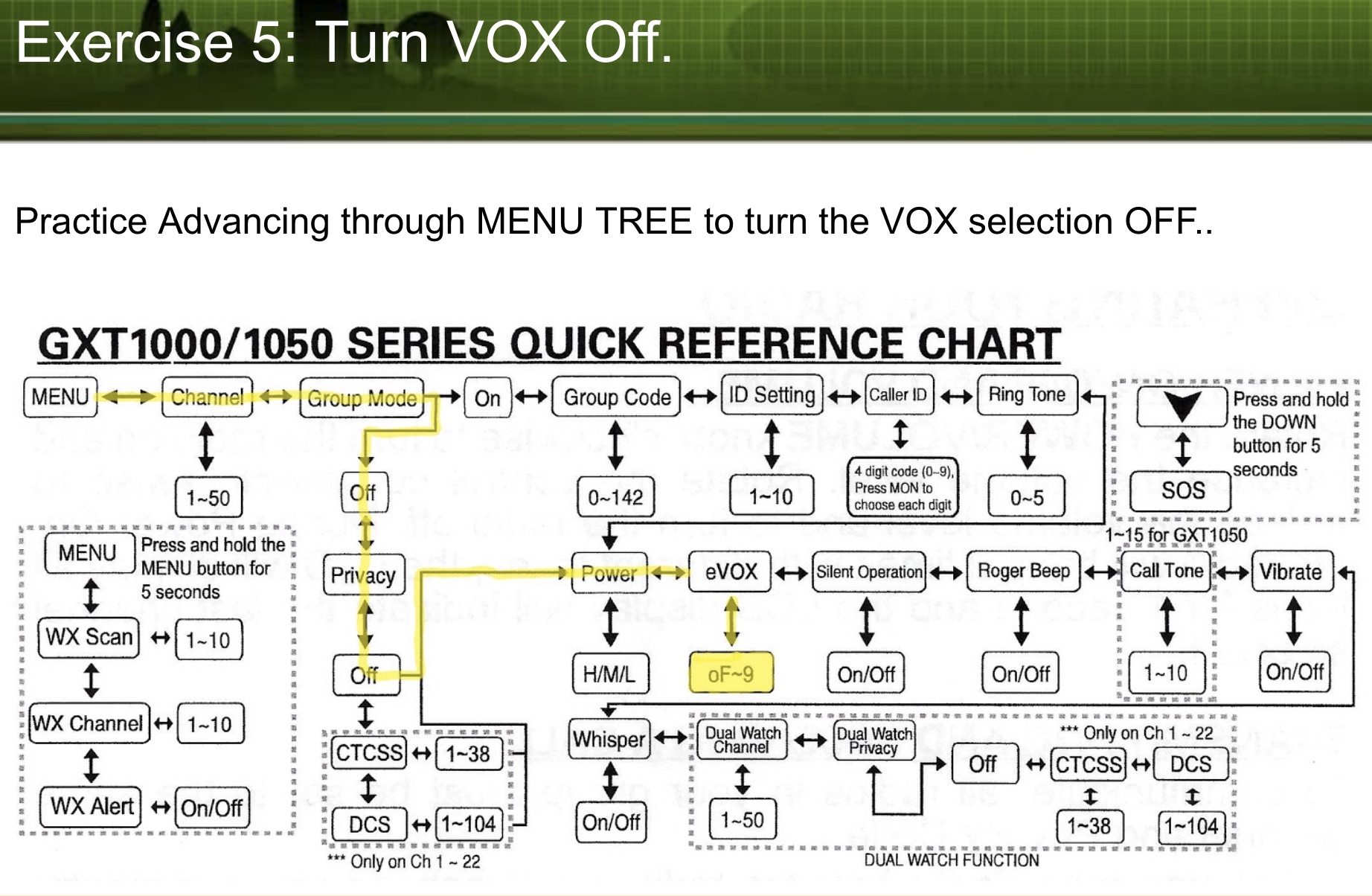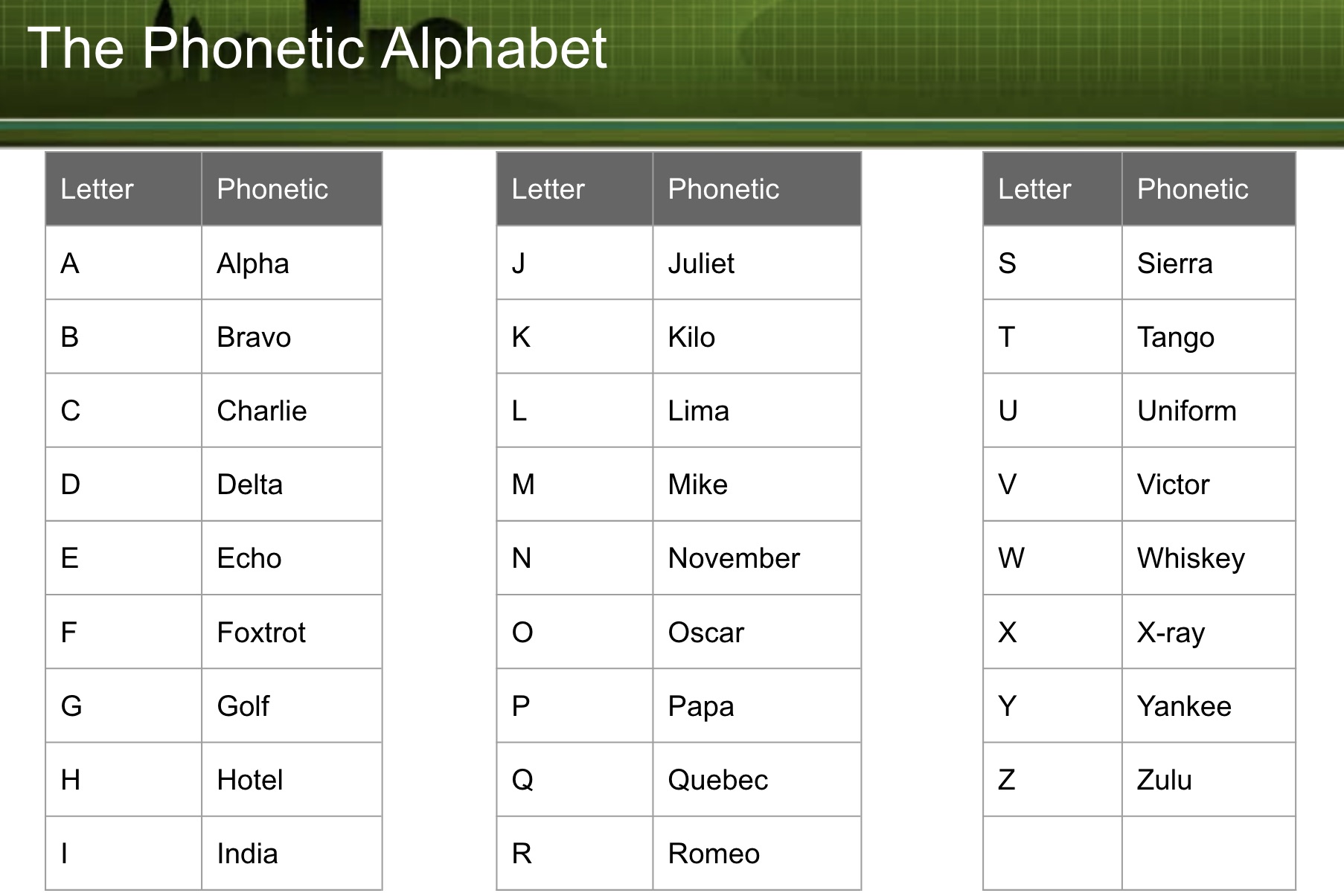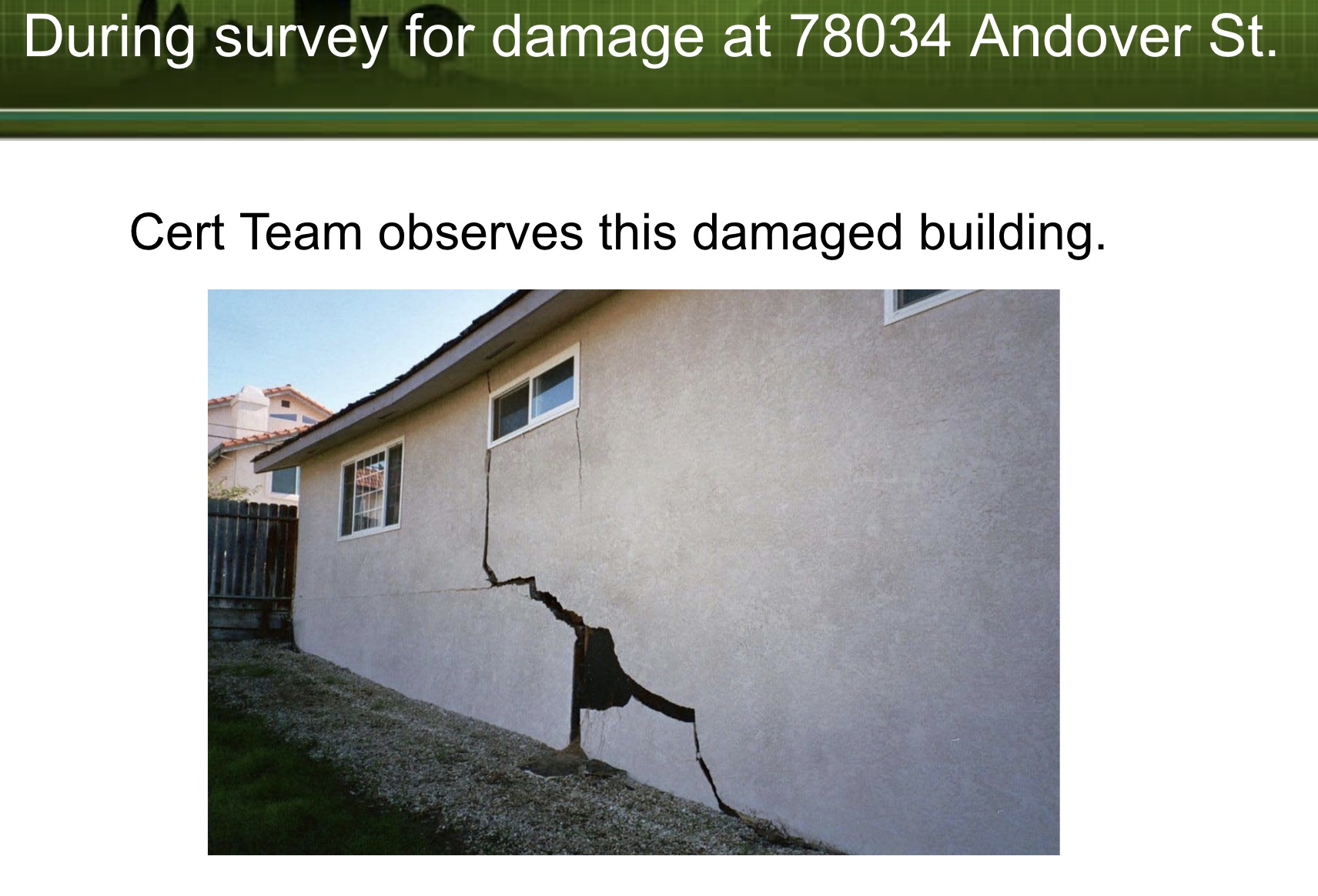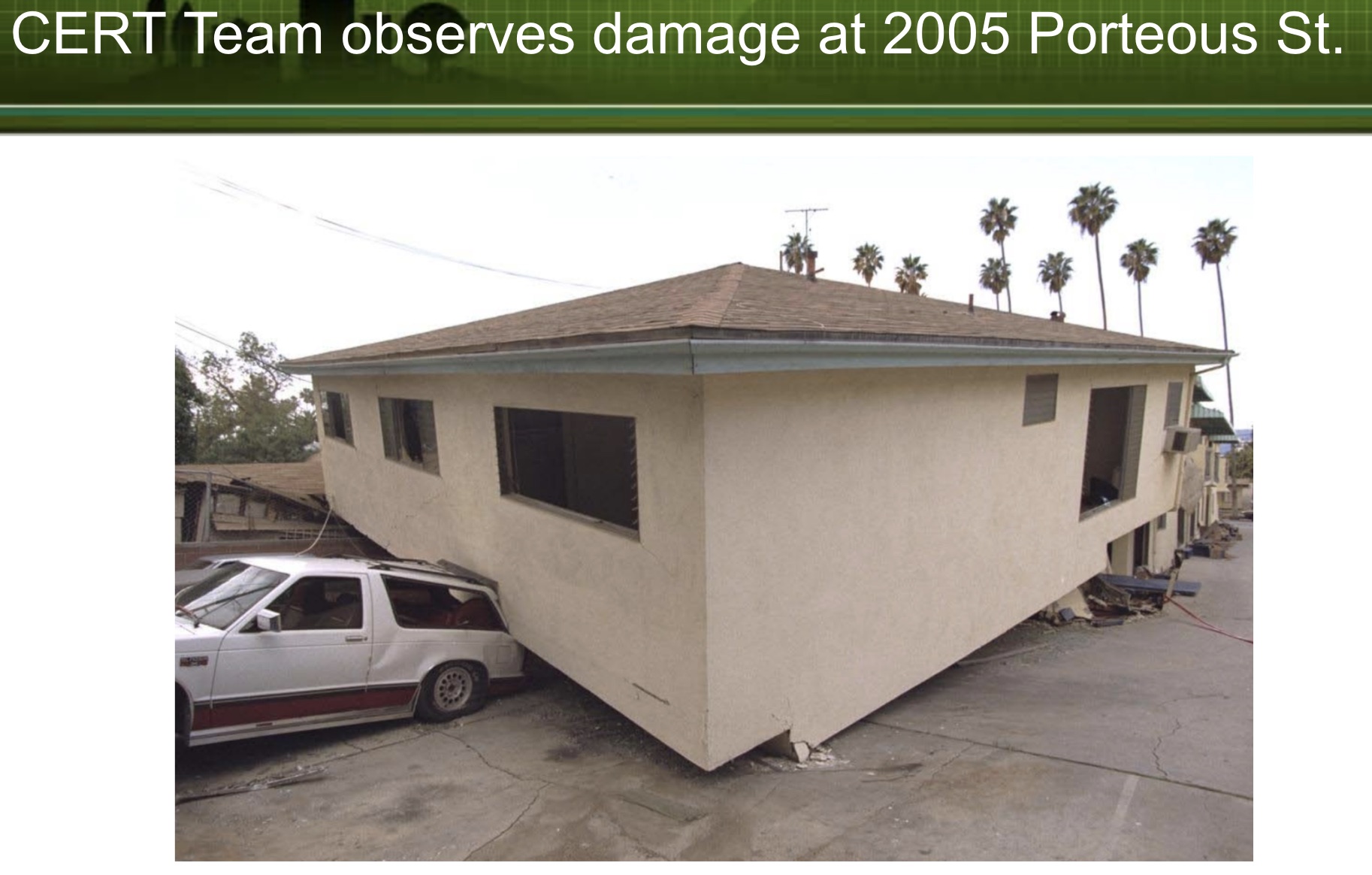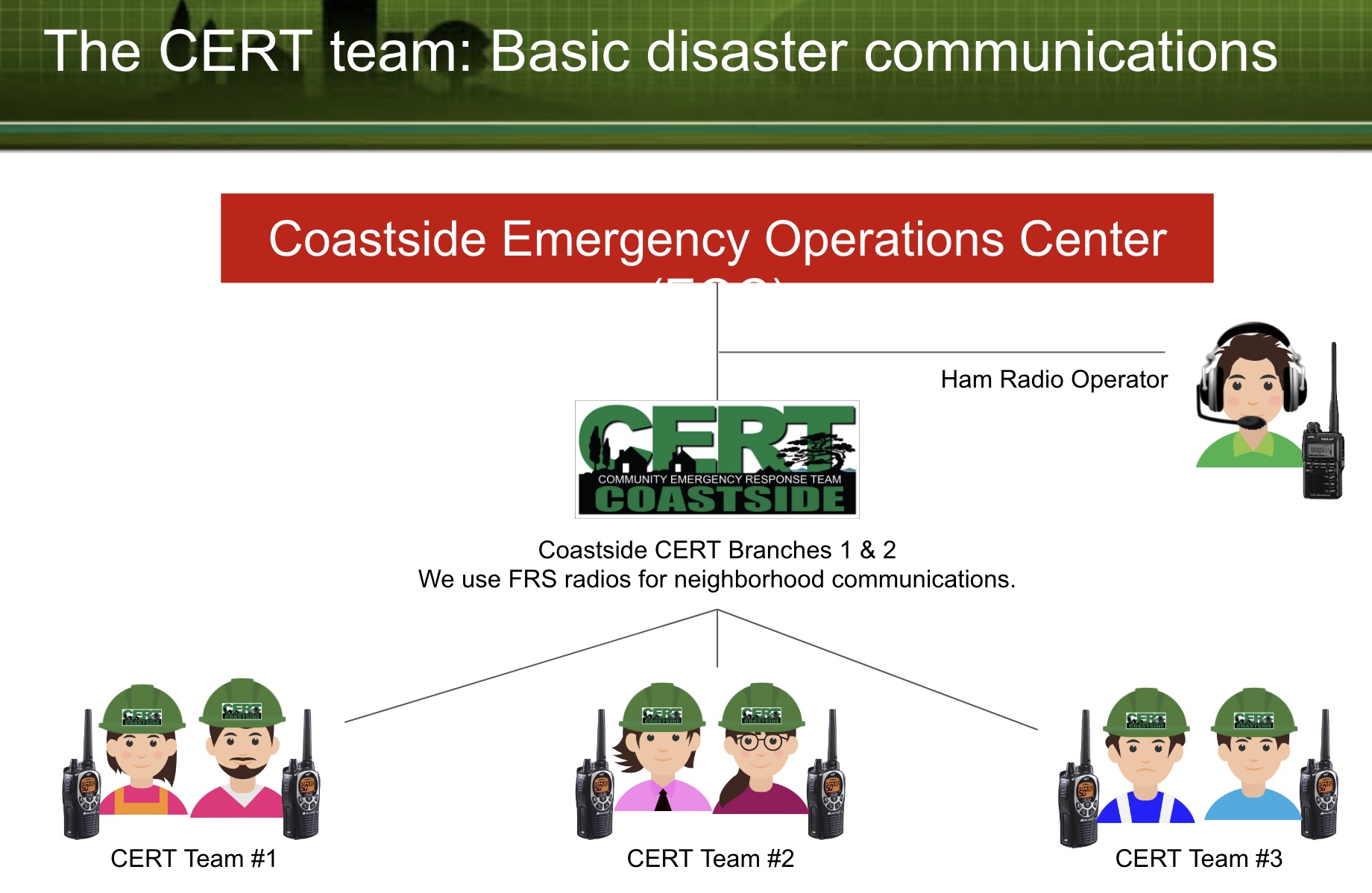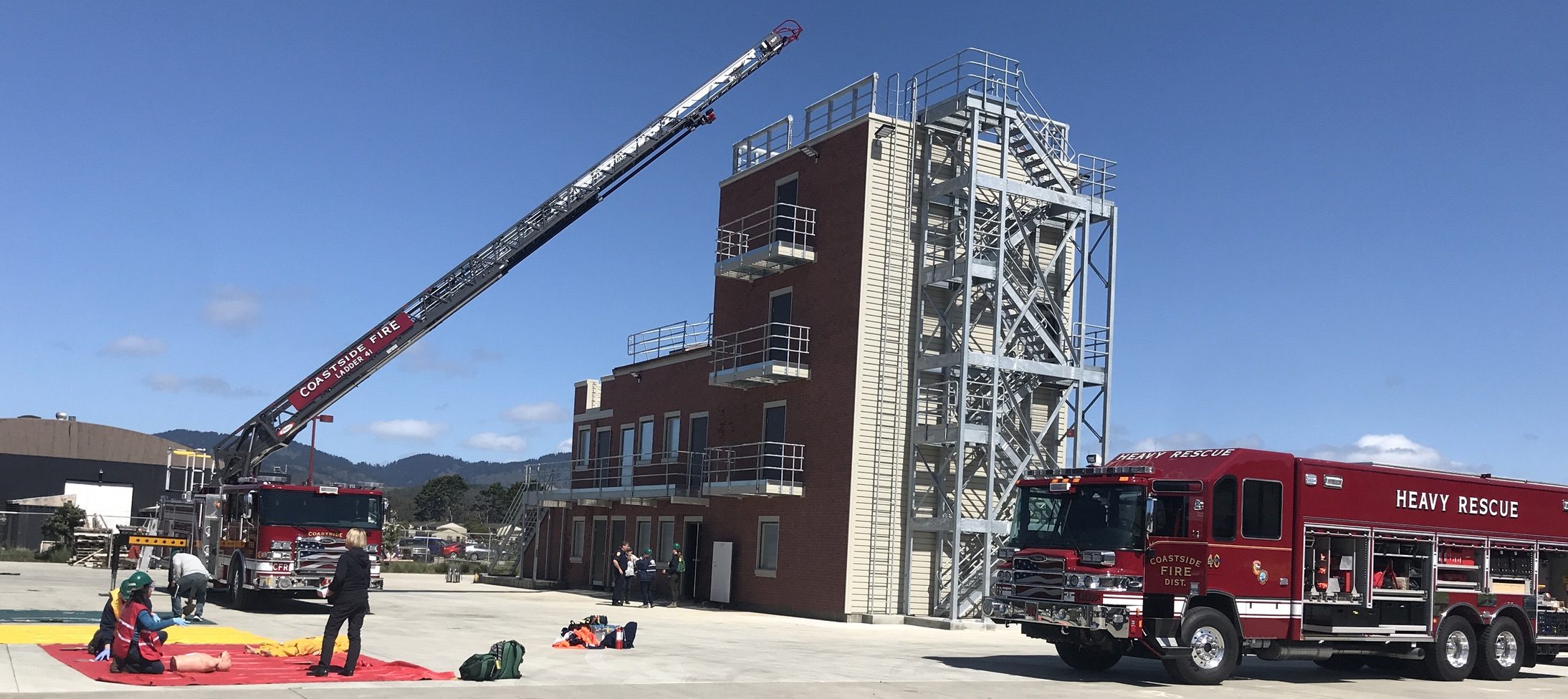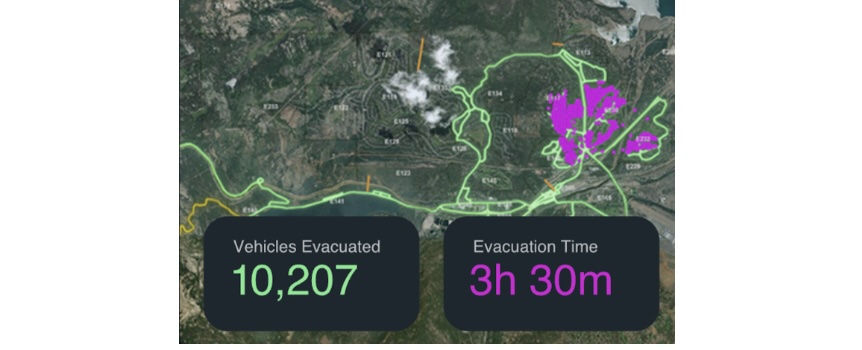|
Getting your Trinity Audio player ready...
|
TRAINING POWERPOINT.
Communications
- Neighborhood Command Post must maintain communications with all teams during an incident.
- Use whatever works: phone, cell, texting, pen and paper, smoke signals ….
- But when all else fails, radio still works.
- To be effective, we need to learn Emergency Radio Communications!
About FRS Radios
- Also known as “Walkie Talkies”
- No license required.
- 22 FRS channels available since 2017.
- Shares channels 1-7 and 15-22 with GMRS since 2017.
- Many FRS radios only work on Channels 8-14 but may be numbered 1 – 7.
- Channels 15-22 are GMRS-FRS and GMRS Repeater outputs.
- Typical 0.5 – 1.25 mile communication
- Very low power, 1/2 watt ERP (Effective Radiated Power).
- New designs since 2017 will output 2 watts of power.
- Low cost.
About GMRS Radios
- FCC License required, no test ($75 for 10 years).
- License covers all family members.
- GMRS channels 1 – 7 and 15 -22 are shared with FRS.
- External antennas OK for selected portable radios*.
- Some GMRS Radios can cover hundreds of square miles via repeaters *.
- 5 watts allowed on shared FRS channels.
- GMRS Radios limited to ½ watt on FRS channels 8-14.
- Moderate to very high cost.
Control Notes & Maintaining FRS radios
- Radio Controls
- On-Off / Volume Control
- Channel Selector via MENU Keypad
- Functions selected with sequential pressing of the MENU keypad.
- ‘‘Private’ Line (PL) Codes. (Not used for CERT activities).
- Other
- Store radios in a safe place with extra batteries & instruction Manual
- When radios are not in use, remove batteries as they may discharge accidentally or leak corrosive battery chemistry. Store in plastic baggies.
- Use the radios frequently for fun and practice
What to expect (or why can’t you hear me now?)
- You are too far away from each other
- Obstructions
- Wrong channel and/or Privacy (PL) Code selected
- Other responders may not hear you, too weak, poor location
- Channels may be crowded causing interference or noise ( move to alternate channel if required )
- Feedback from other channels ( too close )
- Someone has VOX enabled, their radio is intermittently transmitting noise or spurious conversations
Learning to use your radio
- Selecting channel and PL ( PL is to be turned OFF during emergencies).
- Hold the microphone a fist’s width away from your face
- Talk across the microphone, not into it
- Speak in a normal voice
- Don’t raise your voice
- Use clear pronunciation
- If adjacent noises obscure your speech shift your location. Don’t talk louder.
Additional radio details
- PTT = Push to talk
- Lock the channel. Don’t accidently switch channel
- Spare batteries – You run longer.
- Earphones – Listen hands free. Battery lasts longer.
- Do NOT use VOX in emergency or group activities.
Best Practices
- Organize your thoughts & follow the protocol.
- Write your message out and speak it slowly. Your message is being written down as you speak.
- Pass accurate & timely information from the sender to the receiver.
- Transmit only when necessary.
- Limit your transmission time.
- Avoid use of sensitive information over the air. Send personal names, addresses only when necessary.
- Use plain English, no TV, CB Slang or “10 codes”
- Speak slowly and clearly
- Avoid pauses on the air. Release PTT when thinking.
- Know what you are going to say BEFORE you key the mike
- Check for proper channel, GROUP & PL code
- Note: Use GROUP “off,” PL Code “0” (none) or “Off” for emergency communications
More Best Practices
- Hold radio 3” – 4” from mouth (The width across your knuckles).
- Use a function or geographical identification for emergencies such as team name, tactical call, i.e. “Neighborhood Center, Triage, Team 1”
- Keep primary Channel clear as possible.
- Move lengthy conversations to an unused channel.
- Ask “Is this channel in use?” before starting a conversation.
- Avoid arguments over the air. Switch channels for off-line conversation.
- Acknowledge the receipt of information
- Always know the assignment of your channels
- Stay calm & courteous if chaos occurs.
- Communicate triage results:
- “Red Tag” (Immediate)
- “Yellow Tag” (Delayed)
- “Black tag” (Dead)
- “Green Tag” (Walking Wounded)
- i.e. “We have 3 RED TAG, 12 YELLOW TAG, 6 BLACK TAG, 25 GREEN TAG”
- Avoid “stepping” on each other. Keep VOX off to prevent interference.
- Always say, OVER when you complete your transmission
- Avoid interrupting unless necessary.
- Say “BREAK” or “Break – Break” to interrupt with urgent message.
- Practice frequently like at local Events like Dream Machines and Devils Slide Run
What are Pro-words
- Prowords (Procedural Words) were originally developed by the Military to:
- Convey maximum information with a minimum of confusion
- Keep voice transmission as short and clear as possible.
- Radio operators use procedure words (Prowords) to take the place of long sentences.
- Best results if receiving radio operator trained using same Prowords.
- Best results if radio operators trained with same Phonetic Alphabet.
Some common Pro-words
- Affirmative – “Yes” (in answer to a specific question)
- Break – “I have priority or emergency traffic.”
- Clear – “I am finished with this communication.”
- Copy – “I acknowledge receipt of message.”
- Go Ahead – “You are ready to take other person’s message”
- Negative – “No”
- Out – see Clear
- Over – end of transmission, waiting for response
- Roger – “I have received and understand your transmission.” It does not mean yes, affirmative, I agree, or I will comply.
- This Is – Makes clear who is INITIATING the contact.
Compose the first message
- Write the message on the message form.
- Be brief, 20 words or less.
- DO NOT TRANSMIT UNTIL IT IS WRITTEN DOWN!
Just the facts
- Give your location. If giving a street address include the name of nearest cross-street if possible. In a countryside setting refer to nearest mile marker or distance and direction from nearest highway intersection.
- In general keep the information to 20 words or less. Just the facts!
- Break message into 5 word segments so writer can keep up at other end.
- Stick to CERT terms: Immediate, Delayed, Minor, Light, Moderate, Heavy, and so on.
CERT Team’s Radio report:
CERT Team’s radio report of observed damage:
“Poplar Command, Team 4: 78034 Andover Street. Heavy Damage, Over”
Try Composing a message for this situation:
Today: 7:50 PM. Your team discovers a fire in an apartment building. There are people screaming inside. One woman is begging you to help save her baby and her mother in apartment 8. The apartment is at 7452 Iberville. The unmistakable smell of gas is in the air. Your team has discovered seven people with first degree burns.
Try This: CERT Team’s Radio Report of 7452 Iberville observations:
Today: 7:50 PM. Your team discovers a fire in an apartment building. There are people screaming inside. One woman is begging you to help save her baby and her mother in apartment 8. The apartment is at 7452 Iberville. The unmistakable smell of gas is in the air. Your team has discovered seven people with first degree burns.
Why a log?
- When you use the radio, you need to log all messages.
- Use the ICS-214. If ICS-214 is not available use your trusty FORM A.
- “If it isn’t written down, it did not happen.”
- Someone is sure to ask for a repeat of the info 45 minutes ago and 30 messages later.
- Enter time of contact before each message.
- Number and Date each Log page when filled.
- Eventual Reimbursements depend on written records, message logs count!
Passing Message Traffic
- Compose your message before you speak.
- Start by listening – Is the channel clear?
- If clear, press the transmit button
- Then speak, giving call sign of who you are calling, then your call sign.
- Then let go of the transmit button
- Wait for an acknowledgement
- Once acknowledged, wait a second then press the PTT button
- Speak, give your call sign, then your message. Slowly.
- Then let go of the transmit button
- Wait for a confirmation.
- If confirmed. Acknowledge with your call sign. You are done.
- If not confirmed. Resend message.
Exercise 6: Making and receiving call
In this exercise you will learn how to:
- To transmit (make a call), press and hold the PTT (“Push to Talk”) button. Hold the radio 3 – 4 inches from your mouth and speak normally. Hold it slightly sideways so you are speaking across the microphone to minimize overdriving it.
- The TX icon will appear continuously on the LCD Display while transmitting.
- To receive, release the PTT button. When you release the PTT button, a “roger beep” automatically signals others that you have stopped transmitting and are ready for a response.
- The RX icon will appear on the display when your radio is receiving a transmission. If you cannot hear the transmission well, turn your volume knob clockwise.
Example: Message passing
- On the radio you say: “Spindrift Command, Team 4”.
- You hear: “Team 4 Go Ahead.”
- You say: “Team 4. 2005 Porteous Street Heavy Damage. Team 4 Over.
- You hear: “Copy 205 Porteous Street Heavy Damage. Spindrift Command Over”
- You say: “Spindrift Command. Negative. I repeat. Two Zero Zero Five Porteous Street Heavy Damage. Team 4 Over”
- You hear: “Team 4 Copy 2005 Porteous Street Heavy Damage Spindrift Command Over”
- You say: “Spindrift Command. Affirmative. Team 4 Over” <At this point the message is passed.
Speak slowly…no, even slower
- Say no more than five words without a pause.
- Say “Break” when you pause and release PTT button. Listen a second or two for other traffic then resume speaking your message.
- As you speak trace the letters on the log with your fingers.
- Use phonetics if necessary. (alpha, bravo, charlie, delta. )
- Your goal: Pass your message in one try.
But why speak slowly?
- Everything you say to the command post is being legibly written down.
- Records tell the story
The most common mistakes
- Speaking without listening first.
- Message poorly formed, not brief. “5 Second Rule”
- Speaking too fast.
- Speaking too loudly.
- Speaking too softly.
- Holding Microphone too close.
- Speaking directly into Microphone. Speak across the microphone instead.
Where do we go if there is an incident?
- Like Boy Scouts say: Be Prepared before an incident happens.
- Neighborhood CERTs should form into neighborhood teams.
- Define your neighborhood Team’s area of operations.
- Each neighborhood pre-determines best location to use for setting up a Command Post to coordinate their Team’s incident response.
- Create Tactical Name for that area. Example: Spindrift IC.
- Each team practices routine mode of contact with each other: Email, texting, Radio Nets.
- Get a neighborhood HAM operator or become one yourself to help. HAMs are needed to communicate from your neighborhood Command Post to the Coastside Emergency Operations Center.
Questions for you
- Never leave the frequency without letting Command Post know. Why?
- Always monitor your radio, leave it turned on! Why?
- What distance will your radio cover?
- What is your neighborhood’s FRS Channel?
Summary
You should know:
- Basic operation of your radio.
- Practice Correct Operational Procedures
- Routinely practice using your radio to get past “Mike Fright.”
- How to create and pass a message.
- Why Radio communication is important.
Always follow the safety rules established for CERTs — personal safety comes first!



